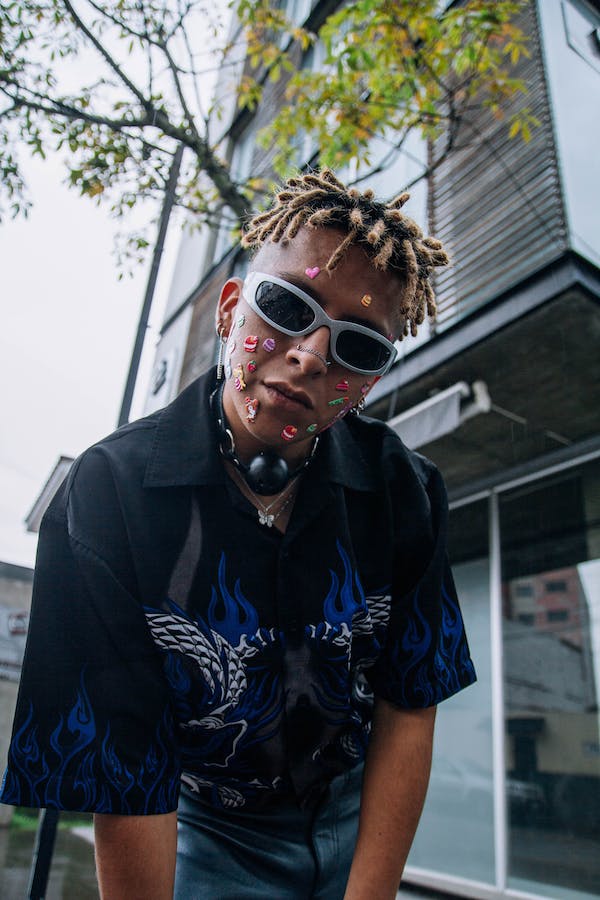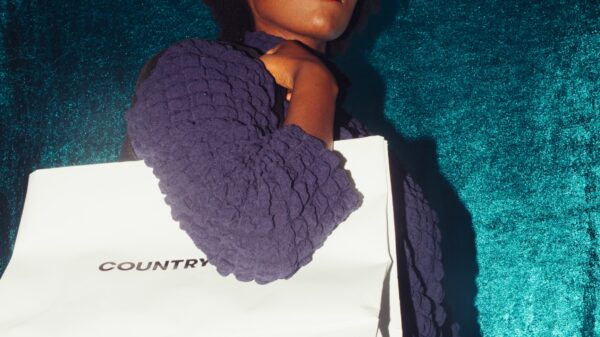Streetwear has taken the fashion world by storm, with its bold designs and edgy aesthetic. But where did it all begin? In this blog post, we’ll delve into the evolution of streetwear – from its roots in counterculture movements to its current status as a mainstream phenomenon. Strap on your sneakers and get ready to explore the fascinating history behind one of today’s most popular fashion styles.
What is Streetwear?
Streetwear is a type of fashion that emerged from the California skate and surf scenes in the 1970s. It is characterized by comfortable, casual clothing such as jeans, t-shirts, hoodies, and sneakers. Streetwear also often includes elements of hip hop and punk fashion.
Today, streetwear is one of the most popular styles of dress around the world. It has been embraced by celebrities, fashion designers, and everyday people alike. The popularity of streetwear can be attributed to its comfortable, relaxed aesthetic and its ability to be styled in many different ways. Whether you’re looking for a new outfit for a night out or just want to update your everyday look, incorporating some streetwear into your wardrobe is a great way to do it!
The Evolution of Streetwear
The history of streetwear is a long and storied one, beginning in the early days of punk and hip-hop counterculture. Streetwear was born out of a DIY ethic, with early pioneers cobbling together looks from thrift store finds and hand-me-downs. This trend caught on in the underground music and skateboarding scenes of the 1970s and 1980s, eventually making its way into mainstream fashion in the 1990s.
Today, streetwear is more popular than ever, with luxury brands like Gucci and Louis Vuitton releasing their own takes on the style. While some purists decry this as selling out, others see it as a sign that streetwear has finally made it into the fashion establishment. Whether you love it or hate it, there’s no denying that streetwear is here to stay.
The Evolution of Streetwear Origins in Skate and Graffiti Culture
The origins of streetwear can be traced back to skate culture and graffiti culture. In the early days of streetwear, brands like Supreme and Stussy were born from a DIY ethos, catering to the needs of skaters and graffiti artists who were looking for clothing that was both functional and stylish. These brands quickly gained a following among other subcultures, such as hip hop and punk, and soon became mainstream staples. Today, streetwear is more popular than ever, with brands like Off-White and A Bathing Ape leading the charge. While the look of streetwear has evolved over the years, its roots in counterculture remain strong.
Rise of Streetwear Brands
In the last few years, streetwear has become one of the most popular styles in the fashion world. While it has always been popular among certain subcultures, it has now entered the mainstream. This is due to a combination of factors, including the rise of social media, the popularity of celebrities and influencers who wear streetwear, and the increasing availability of streetwear brands.
There are many different streetwear brands, each with its own unique style. Some of the most popular brands include Supreme, Off-White, and Palace. Supreme is a skateboarding-inspired brand that is known for its box logo hoodies and tees. Off-White is a luxury streetwear brand that combines high-end fashion with streetwear elements. Palace is a British brand that is known for its colourful and bold designs.
Streetwear is no longer just for skaters and graffiti artists – it is now worn by people from all walks of life. Whether you’re a hip hop artist or a businesswoman, there’s a streetwear brand that’s perfect for you.
Move from Counterculture to Mainstream on The Evolution of Streetwear
Streetwear has come a long way since its humble beginnings in the underground. What started as a way for marginalized communities to express themselves has now become a major force in the fashion industry, with big brands and celebrities all jumping on the streetwear trend.
But how did streetwear go from counterculture to mainstream? Let’s take a look at the history of streetwear and how it has evolved over the years.
Streetwear originated in the underground scene of Los Angeles in the 1970s. At that time, there was a strong DIY ethic among young people who were interested in fashion. They would customise their clothing and put together unique outfits that expressed their individuality.
This DIY approach to fashion soon caught on in other underground scenes around the world, such as hip hop and punk. As streetwear became more popular, certain brands began to emerge as leaders in the scene. Brands like Supreme, Stussy, and A Bathing Ape (BAPE) were at the forefront of streetwear culture, and their designs were highly coveted by fans of the style.
In the 1990s, streetwear began to cross over into the mainstream fashion world. Designers like Marc Jacobs and Jean Paul Gaultier started incorporating elements of streetwear into their high-end collections. This helped to legitimize streetwear as a legitimate style option for people who wanted to dress outside of traditional norms.
As streetwear entered the 21st century, it continued to grow in
Impact of The Evolution of Streetwear on Fashion Industry
The impact of streetwear on the fashion industry has been profound. Streetwear brands like Supreme and Bape have taken the fashion world by storm, with their unique designs and strong aesthetic. These brands have inspired a new generation of fashion designers and have helped to shape the current streetwear scene. Streetwear is no longer confined to the underground; it is now a major force in the fashion industry.
Conclusion
The evolution of streetwear has been an exciting journey to witness. From the counterculture movement of the ’80s to its current mainstream status, it’s clear that streetwear is here to stay. Despite its growing popularity and commercialization, streetwear still embodies self-expression and individual style – something that will never go out of fashion. As we move into a new decade, it’ll be interesting to see where this trend takes us next!










